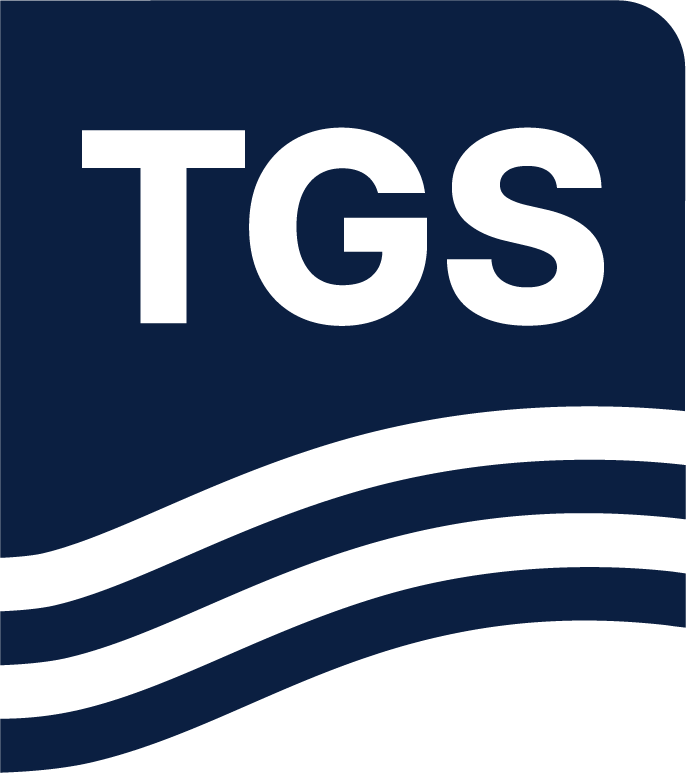This study demonstrates the application of Seisnetics’ unsupervised interpretation technology to a broadband 3D seismic dataset spanning approximately 12,400 km² in the Northern Pelotas
Basin. The method employs genetic algorithms to automatically extract geological features such as horizons and faults from complex stratigraphic and structural environments. This approach significantly reduces interpretation bias and manual labor, accelerating early-phase basin screening and enabling more efficient regional assessments in frontier exploration areas. The 3D seismic survey used in this study is named Santos Sul 3D, a designation chosen to facilitate geographic reference, as the area lies immediately south of the Santos Basin. The data was acquired at a critical time for the industry, amid intensified efforts to discover hydrocarbon resources analogous to those recently found offshore Namibia with its two Walvis and Orange Basins considered conjugate margin analogs to Brazil’s Pelotas Basin. Both processing and depth model building were conducted using a high-end workflow, designed to support interpretation, rigorous quality assurance, and more informed decision-making. These efforts resulted in a high-quality dataset well suited for identifying exploration opportunities.
Technical Library

